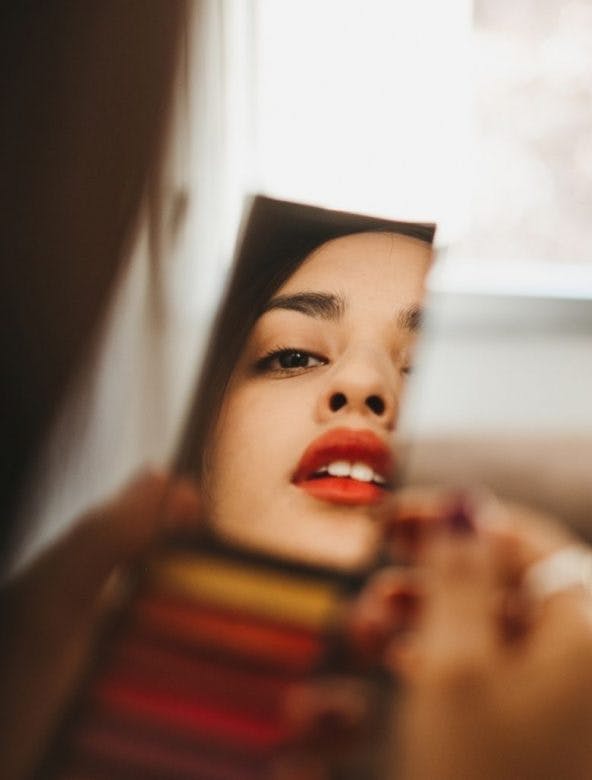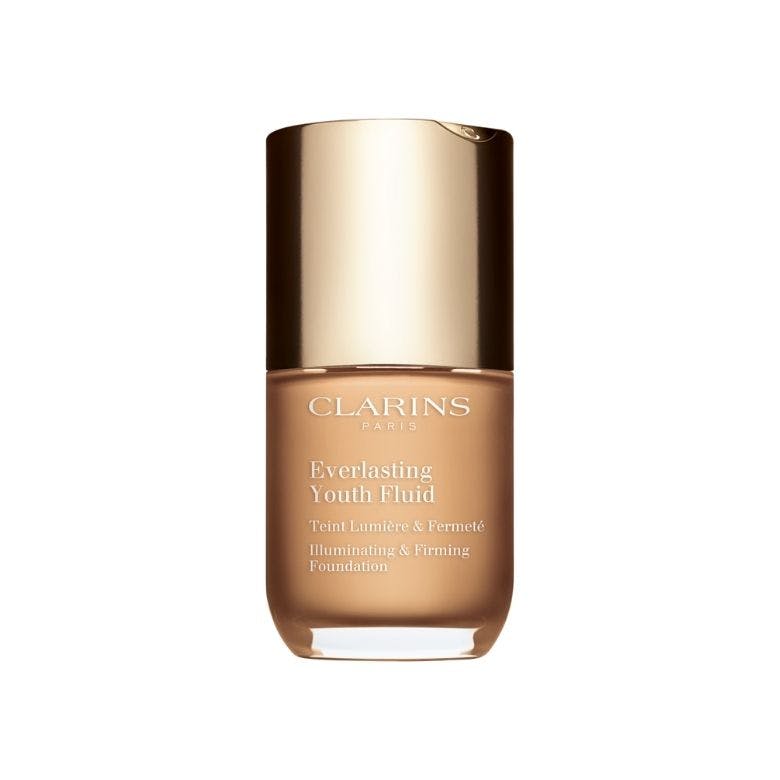What Is Your Skin Tone? Everything You Need To Know
6 minutes read
If you’ve ever looked in the mirror and wondered, ‘what is my skin tone, exactly?’, you’re not alone. What may seem obvious to make-up artists is actually a complex process — but also a highly learnable skill.
Often, the terms ‘skin tone’, ‘undertone’ and ‘complexion’ get used interchangeably, but their meanings are entirely different. And learning about them is part of the process of getting to know your skin tone. So, let’s strip it down to the basics.
Skin tone vs complexion: What’s the difference?
The amount of melanin in your epidermis (the outermost layer of skin that’s visible to the eye) is what determines your skin tone. Melanin is the pigment that gives colour to your skin, hair and eyes. The levels of melanin in the skin can change due to factors like sun exposure, hormonal influences, age and inflammation.
While the tone of your skin merely refers to its base colour, your complexion encompasses much more. Any other colours present on your skin like redness on the cheeks, darkness under the eyes or hyperpigmentation on certain areas are all part of your complexion. In addition to this, your skin type (oily, dry, normal or combination) tends to determine the texture and look of your skin, which is also a factor that makes up your complexion.
When you’re shopping for skincare products or make-up, it’s important to be aware of your skin tone as well as your complexion. For now, let’s understand what the different skin tones are.

What are the four skin tones?
In reality, there are thousands of different skin tones and they don’t all come with predetermined names. For ease of understanding, most people break them down into four broad categories.
Fair
Very pale skin tones are usually classified as ‘fair’. People with fair skin tend to have a higher sensitivity to the sun and burn easily. Most often, they have light or red hair.
Light
This skin tone also burns easily but can tan lightly in the summer months. They also may have warmer undertones to their skin compared to people with fair skin, but there are exceptions.
Medium
This category encompasses a variety of beige, olive and golden-toned skin. They tan easily.
Deep
The deepest shades in the spectrum don’t tan as easily due to higher levels of melanin in the skin, but should still wear SPF to protect from UV ray damage.

How to find your skin tone
Your genetics are the main factors responsible for your skin tone. When early humans spread across the continents, their local environments determined the amount of melanin their skin was producing.
Melanin protects the skin from the harmful effects of ultraviolet (UV) rays, which is why populations living closer to the equator developed darker skin tones as opposed to the ones living further away from it.
To determine what your exact skin tone is, follow these steps.
- Wipe off any make-up or skincare products you may have applied to be able to see the true tone of your skin clearly.
- Look into a mirror in natural light. Artificial lighting can alter the appearance of your natural skin colour.
- Notice the colour of the skin along your jawline or behind your ear. These areas typically tend to show your skin tone in its purest form, without any redness or discolouration that could get in the way.
- If you tan easily, know that you may have different skin tones depending on the seasons. Remember to reassess when the seasons change.
- Determine what your skin’s undertone is. It could be cool, warm or neutral.
Finding your undertone
Your undertone is the subtle shadow of colour that peeks from beneath your skin’s surface. While your skin tone may alter slightly when you tan, your undertone remains constant. This is why it’s important to figure out what it is. Undertones tend to get divided in three main categories:
- Warm
- Cool
- Neutral
“People get them mixed up all the time,” says Clarins Training Manager Charlotte McHale. “Historically, people have been a bit guilty of assuming that warm means darker. But the depth of colour and undertone are two completely different concepts.”
She elaborates, “warm essentially means yellow. Think warm like the sun, and cool essentially means pink or red. Think pink like strawberry ice cream. Neutral is when you’ve got a mixture of both.”
“With very deep skin tones, you may find it harder to see yellow or pink. Instead, golden, honey tones in deep skin would indicate warmth. On the other hand, a red, almost terracotta tone to the skin indicates a cool undertone.”
If simply looking at your skin isn’t helping, there are a few methods you could use to determine what your skin’s undertone is.
The jewellery test
McHale recommends looking for jewellery that really pops against your skin. “If you hold silver next to your skin and it makes your skin pop, you’re probably cool. If you wear gold and it makes your skin pop, you’re probably warm. And if you can wear either or you love rocking a rose gold, then you are probably neutral.”
Check your veins
Notice the colour of the veins on your face and neck. If they appear blue, you’re most likely cool-toned. Green-looking veins could indicate that you lean towards the warmer end of the spectrum.
Hold up a piece of paper
Observe how a piece of white paper looks against your skin in natural light. If your skin looks yellow against it, you’re probably warm. On the other hand, if the white brings out pink tones in your complexion, you’re more likely to be cool-toned.
Why it’s good to know your skin tone
Knowing your skin tone can be useful for various reasons.
- Shopping for foundation, concealer and other base make-up will be a lot easier — especially if you’re shopping online.
- Your undertone will determine the make-up shades that look best on you. For example, if you have warm undertones, a fiery, orange-toned red lipstick will suit you better than a cool blue-toned one.
- On the other hand, if you really want to create impact, learn the shades that clash against your skin tone. For instance, blue eyeshadow really stands on someone with warmer skin.
- Apply the same rule of harmony or contrast for your fashion choices — both clothing and jewellery.
- Planning to dye your hair? Choose a warm shade if you have a cool undertone and vice versa to avoid looking washed out.
Read next: How To Pick The Perfect Red Lipstick For My Skin Tone
Sign up for our newsletter
We will keep you in the loop for special offers, exclusive gifts and product news.

